How to care for houseplants in winter to keep them healthy and happy
Follow our expert advice on how to care for your houseplants in winter, including the amount of light, water, heat and care they need

Rachel Crow
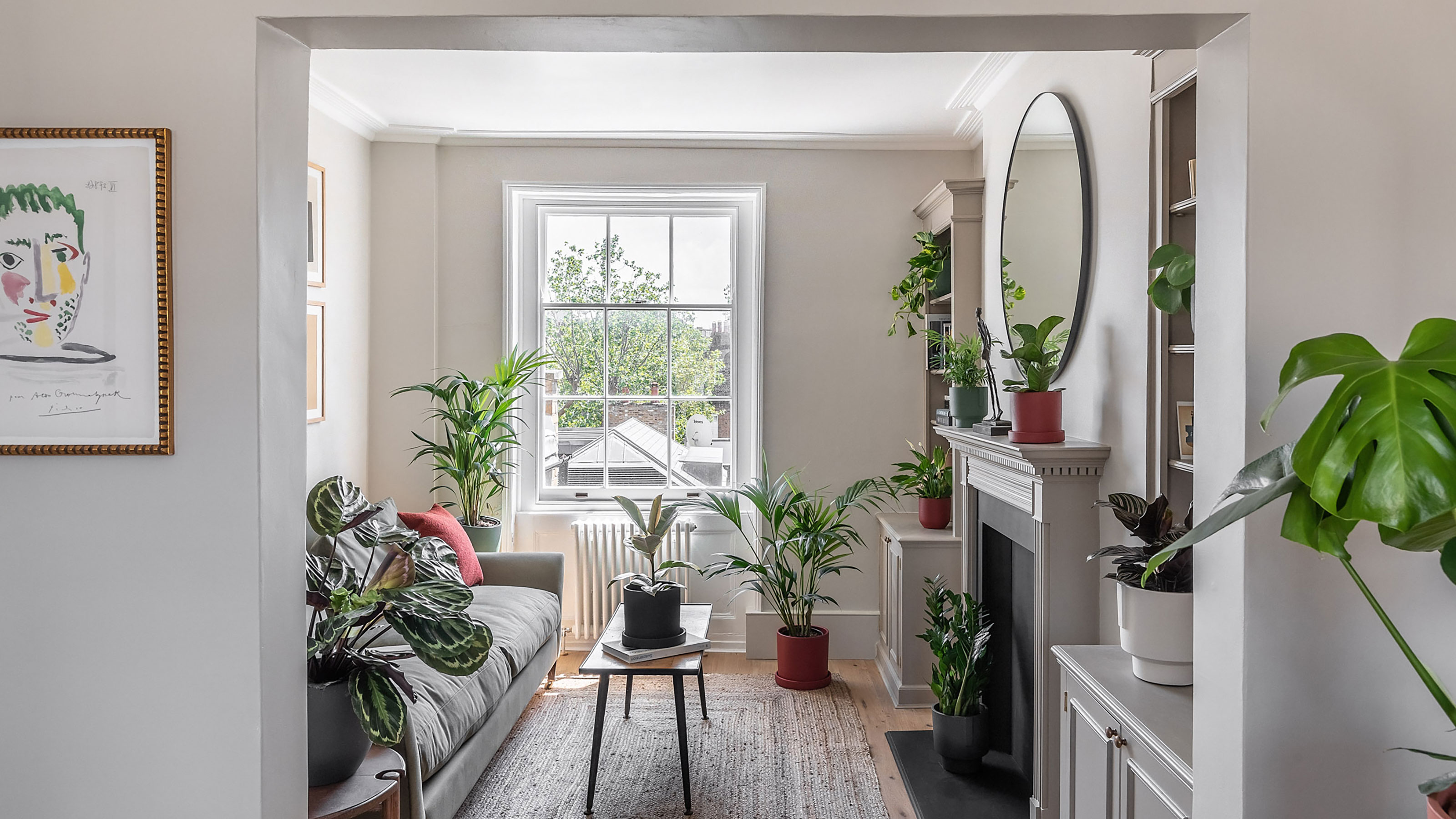
Knowing how to care for houseplants in winter is important as they rely on us to provide them with the correct conditions as their growth rate slows and many enter a dormant state with the shorter days and less intense sunlight. Although, it is possible to also revive houseplants from cold damage.
The best indoor plants grace our interiors throughout the year, but offer the greatest joy during the winter months as the garden sleeps, feeding our need for the natural beauty of foliage and flowers and adding color and interest to interiors.
There are some indoor plants that will have an easier time adapting to the colder temperatures, drafts and dry heated air inside our homes in the winter months and these are among the best winter house plants. These include those that will thrive as indoor plants in winter because they are low light plants that can cope with the decreased levels of sunlight and many are low maintenance house plants.
Plants native to humid, tropical regions, which make up many of the most popular indoor choices, will have the most difficulty adjusting, so make some changes to help them thrive.
Although care requirements will change from one plant to the next, and certain types require very specific maintenance, such as how to care for succulents in winter, they all rely on us to provide the right levels of warmth, light, water and food as well as suitable air conditions.
Follow this advice from the experts and your indoor plants should remain lush, green, happy and healthy, helping to make your home a green, uplifting oasis packed with positive energy from feng shui plants throughout the dull, dark months.
How to care for houseplants in winter

‘As the temperature drops, the growth of plants slow down, and you will need to adapt how you care for your houseplants in winter to keep them looking lush and green all year round,’ explains Emily Lawlor of Happy Houseplants.
Design expertise in your inbox – from inspiring decorating ideas and beautiful celebrity homes to practical gardening advice and shopping round-ups.
Knowing how to care for houseplants in winter is just as important as planning a winter garden if you want to ensure that your home is filled with greenery and interest year round.
'The best indoor plants in winter are those that are adaptable to chillier temperatures and drier, less humid air,' explains Lindsay Pangborn, gardening expert at Bloomscape.
'Keeping your green beauties alive during winter is simple with a little forward planning and sprucing. All plants require some natural light; however, plants like the sansevieria, Devil’s Ivy and ZZ plant will tolerate a gloomier corner of your home,' explains Morag Hill, Co-Founder of The Little Botanical.
They are actually good for your health, too – the sansevieria (snake plant) is known for its air-purifying qualities as one of the best air cleaning indoor plants.
But even the most high maintenance choices will see you through winter by following these expert tips.
1. Reduce watering of houseplants in winter

Adjusting watering is essential as the days slow down and growth stops. During the winter the growth rate of houseplants slows right down so they require far less watering – over-watering during resting season can in fact lead to rot - a common winter houseplant care mistake.
It is a common to wonder how often should you water indoor plants?
'Dormant plants don’t need much water. In fact, too much will cause it to accumulate at the bottom of the pot and destroy the roots, causing weak growth,' explains Morag.
Watering requirements will vary on plant type, but generally twice a month or even less will be enough. Cacti and succulents may need no watering at all until spring. 'However, be mindful of your watering routine for plants in warmer, heated rooms, as they might still be drying out quickly,' Morag adds.
Watering requirements of the same plant may differ, therefore, depending on where the plants are located in the house – whether they are in a humid environment as bathroom plants, adding color and interest as kitchen plants, or enhancing the calming atmosphere of your peaceful boudoir as bedroom plants.
Depending on the position, plants might dry out quicker, 'particularly floor standing plants on heated floors or plants placed near radiators,' says Morag.
To check if a plant needs watering, ‘I suggest pushing your finger deep into the soil or gauging how much water is in the soil based on the weight of the pot, and only water when needed based on that specific plant’s needs. When you do water, be sure to water thoroughly – the roots need the water,’ says Lindsay Pangborn.
The soil should be allowed to dry out completely before watering again. A golden rule is don't follow a schedule: check the soil and see if it's damp,' says Emily Lawlor. Water as and when the plant requires it.
2. Don't feed houseplants in winter
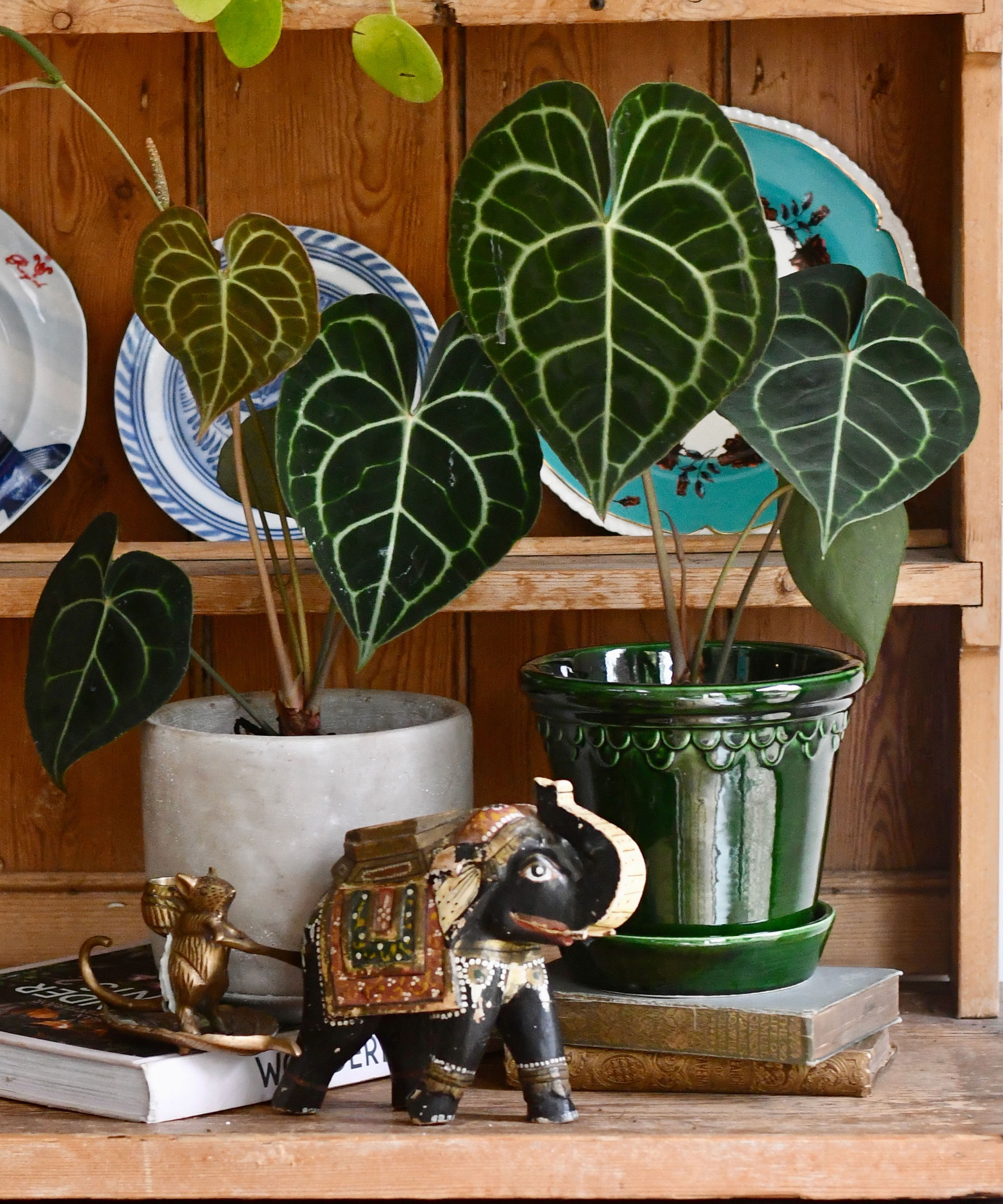
If you're wondering, 'do you feed houseplants in winter?' the answer is no.
'There’s no need to feed them over the winter; just feed when they’re actively growing,' explains Dan Bruce, expert at Leafy Plants.
Feeding indoor plants in winter can actually do more harm than good. 'Plants will not use as many nutrients. We recommend skipping fertilizing in the late fall and winter months,' says Lindsay Pangborn.
‘Plant food at this time can harm the plants because unused fertilizer can cause salt build-up and root burn or could upset the natural growth cycle of the plant.’
Forcing them to grow by feeding them during resting season will result in spindly stems and pale-colored leaves.
'Give your botanicals one last feed in fall. Plants need the time in winter to rest, and encouraging them to grow will put your plants under too much strain, causing weak growth when they reawaken in the spring,' says Morag Hill of The Little Botanical.
3. Move houseplants into the light in winter

One way to care for houseplants in winter as the days get shorter and light levels decrease is to move them into a position where they can receive maximum sunlight. However be careful of cold draughts coming from windows. If you have a heated greenhouse or garden room, you could move the plants there where they can enjoy more sunlight in winter months.
'As the sunlight changes and the days become shorter, think about moving some of your light-loving plants closer to the windows. Rotate plants regularly to ensure all the plants receive light. Adding grow light bulbs can make a real difference if you have dark corners that don't receive any sunlight during the day,' says Emily Lawlor.
Sensitivity to light will vary depending on the type of plant, and some indoor plants can be damaged from over exposure to direct sunlight, so be sure to research the light requirements for different kinds. If they are moved to positions where pets can reach them then make sure the are pet friendly house plants.
'If you move your indoor plants in winter closer to a sunny windowsill, just make sure you aren’t drawing a curtain or blind in front of them and inadvertently leaving them out in the cold,' says Morag Hill.
Drought loving plants, like cacti and succulents, need lots of warmth and light, so they’re definitely ones to keep an eye on in autumn and winter. If you're wondering 'why is my succulent dying?' it might be because it is not receiving enough sunlight.
4. Rotate houseplants in winter
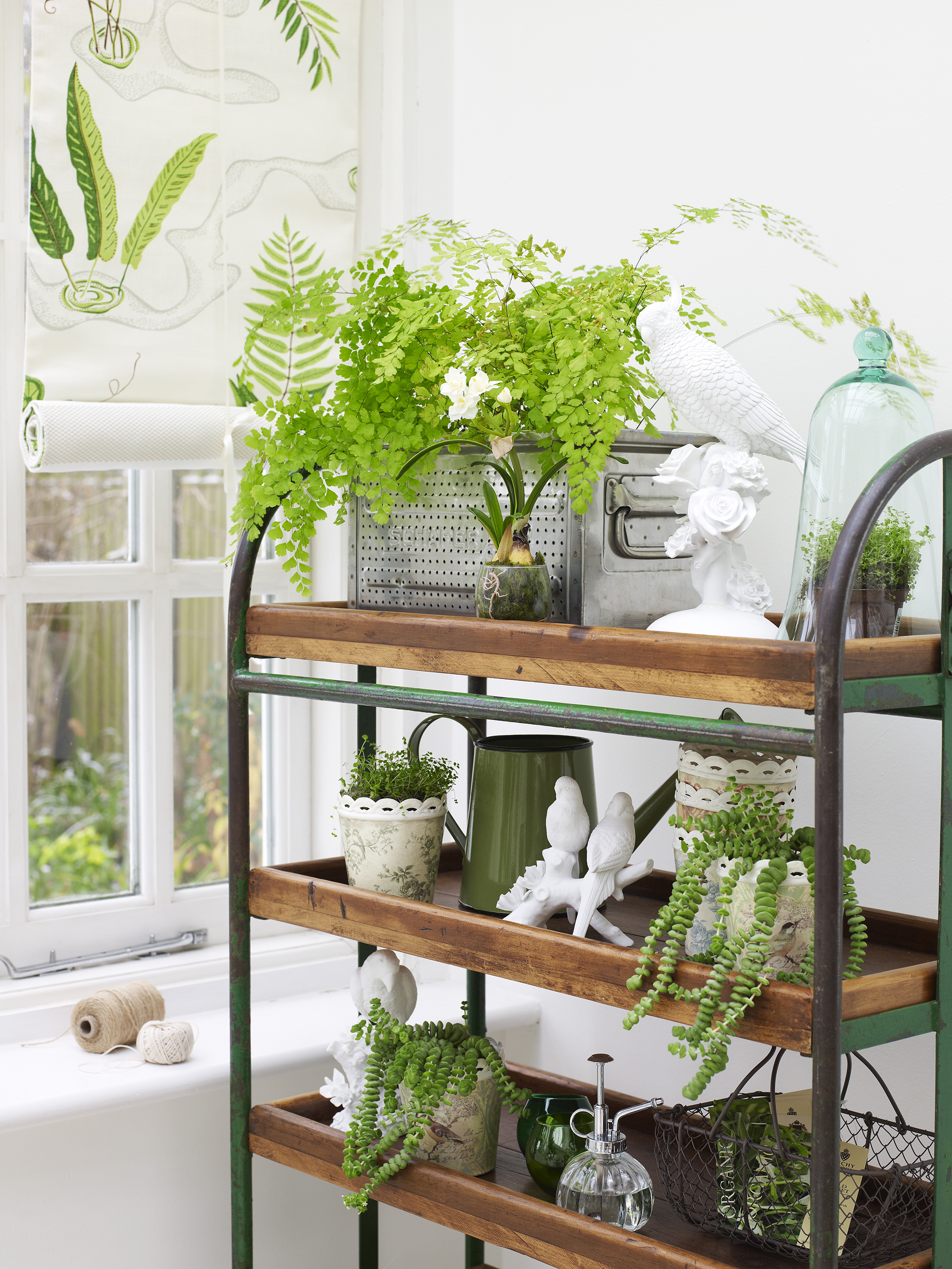
If your plants were already in a light position, it is still worth noticing how the light changes with the seasons and considering whether the plant would benefit from being repositioned, says Lindsay Pangborn.
‘The light coming into your home will change as the season changes. If your plant was near a window shaded by a tree, the sun's rays may be more intense once the leaves fall off the tree. You may have to move your plant back a bit so the rays do not burn the foliage.
'Also, check out the angle of the sun once the days become shorter – you may need to move some plants to adjust to the changing light levels in your home.’
'It is a good idea to rotate your indoor plants in winter as they will grow towards the light. For a nice, even shape, rotate your plants once a week during fall and winter and watch your green beauties thrive, even on chilly days,' agrees Morag.
5. Move houseplants away from drafts and heat sources

'Reconsider your plants’ locations within your home, particularly away from drafty windows that may let in cold air and heaters that may raise the temperature past your plant’s preferences,' says Lindsay Pangborn.
Most house plants do not like fluctuating temperatures and during winter this can be a problem as they will be exposed to warmth from heat sources such as fireplaces and radiators, but will also be susceptible to cold drafts from doors and windows. The key to keeping to them happy is to try and keep temperatures constant.
'Sudden drops or rises in warmth will cause your plants to become stressed and they can even go into shock,' says Morag Hill. Try and keep the temperature constant.
Be mindful of extremes – flowing air vents, fireplaces or proximity to exterior doors. 'Plants thrive in a consistent environment, where possible position plants away from areas that fluctuate frequently,’ advises Emily Wight, Co-founder of indoor plant store Foli.
6. Monitor room humidity to care for houseplants in winter
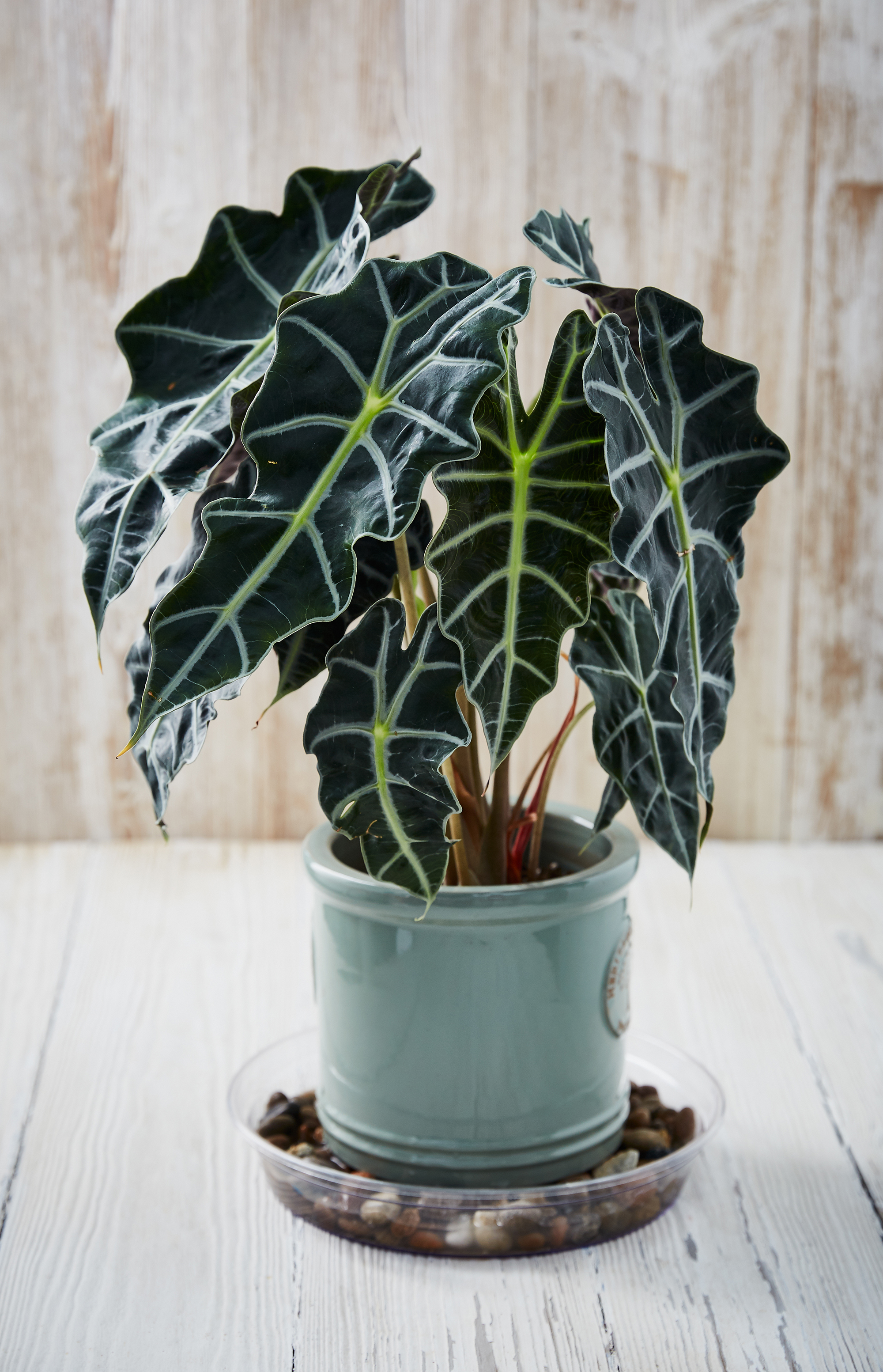
'A lot of common houseplants are tropical so prefer humidity rather than the dry air from central heating, so mist them every couple of days,' says Dan Bruce of Leafy Plants.
Many houseplants, such as orchids, or peacock plants like damp, humid conditions; our homes are often too dry and warm for their needs and heating our homes in winter makes conditions even drier. Keeping the environment humid will really help keep your house plants happy and there are a couple of things you can do to help with this, as the experts explain.
‘Grouping plants together is an easy way to create a humid microclimate as plants release water vapor as they transpire, which is then trapped by the leafy canopy of plant groupings,’ explains Lindsay Pangborn.
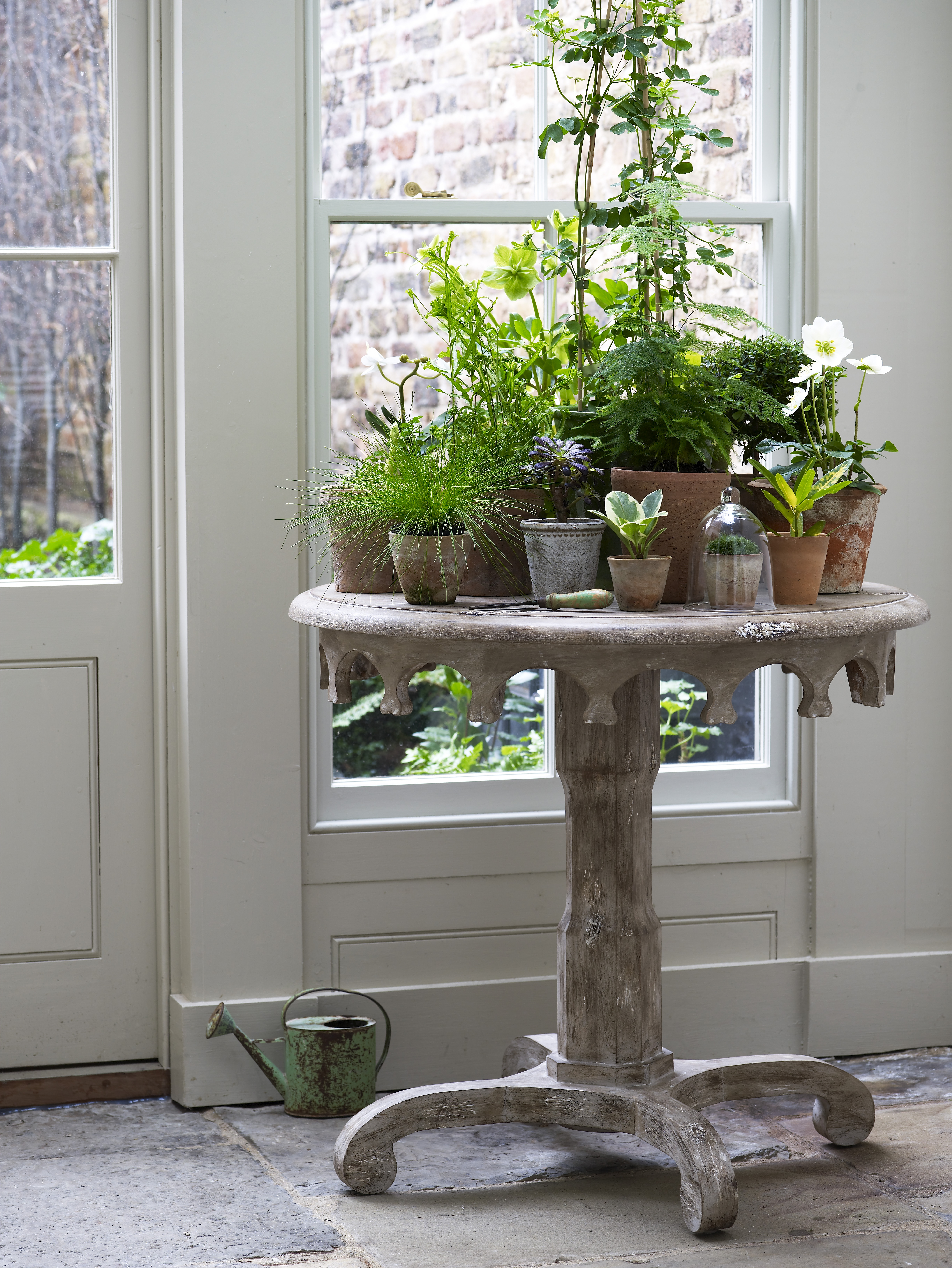
‘You can also use a humidifier near your plants or place your plants near a tray of water. The idea is to add moisture to the air, not have your plant sitting in a tray of water.’
Spraying plant leaves regularly with a mister and placing them in a tray packed with pellets, gravel or pebbles and water may also help bring extra moisture.
7. Dust houseplants in winter

A buildup of dust on the leaves of houseplants can block their pores and can also harbour pests, so it’s important to clean foliage regularly and is particularly important to do during winter.
'Dust your houseplants in winter to ensure they are able to absorb as much light as possible. Most houseplants accumulate a layer of dust over time, which reduces the amount of light the leaves get. This makes it difficult for them to make food through photosynthesis. To keep your houseplants healthy, wipe the leaves with a damp cloth or spritz them with a bit of water,' says Morag Hill.
Clean smooth-leaved plants by first dusting them with a brush and then sponging them with water. Hairy plants or cacti should not be sprayed or washed, instead use a brush. Remove damaged, yellowing leaves by pinching the stems out at the base of the plant.
8. Check houseplants for pests
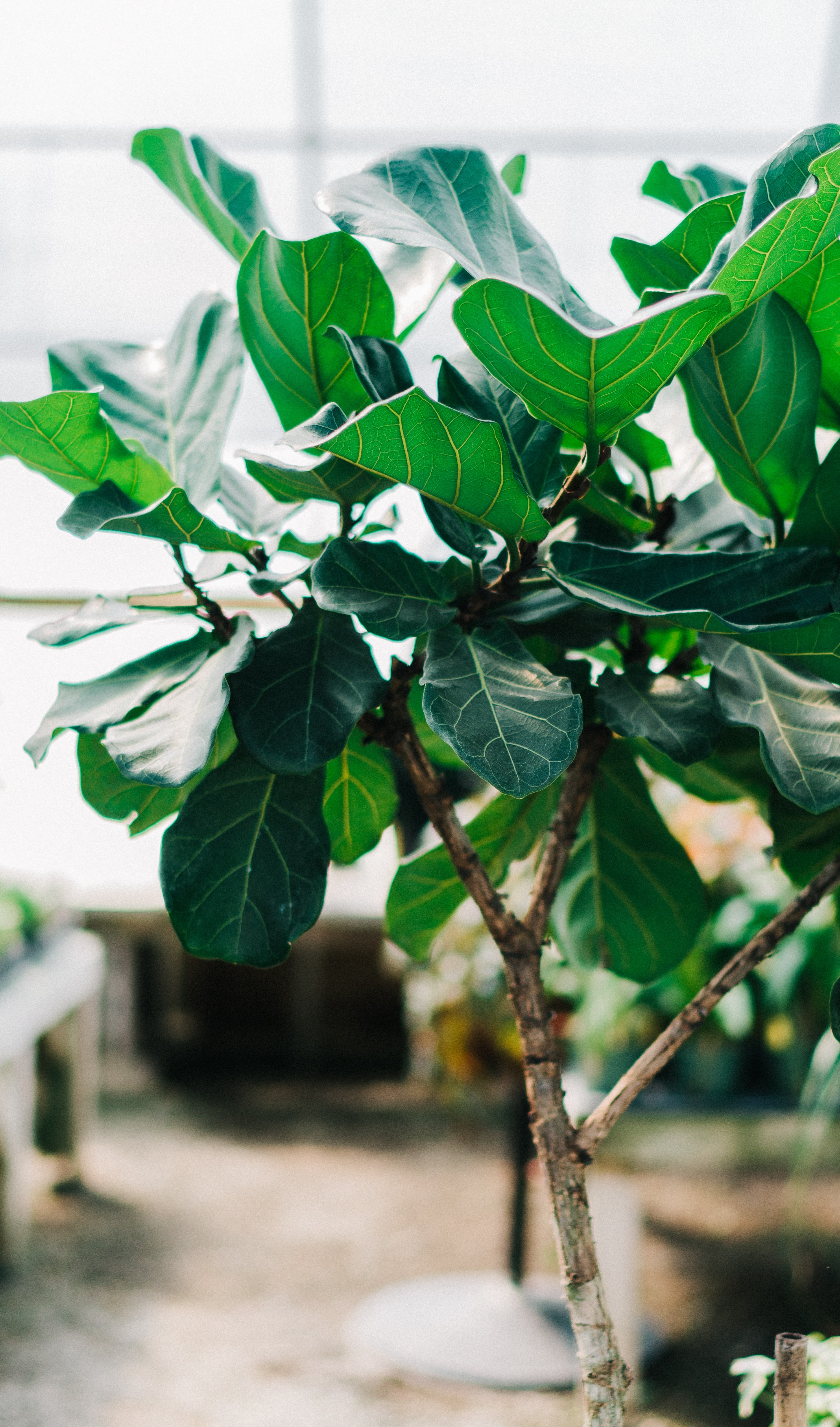
'Many plant pests thrive in the dry air of winter, and plants in a dormant or semi-dormant state are more susceptible to damage. Keep a close eye out for common houseplant pests by dusting leaves regularly and treating any issues as soon as you notice them,' says Lindsay Pangborn.
'Also, humidity is much lower leading to a perfect breeding ground for spider mites and other pests who thrive in dry air.'
Morag Hill agrees, advising that the the most common pests to look out for on houseplants include, whitefly, spider mites and scale insects..
Always remove damaged and diseased leaves as these can harbor diseases or pests.
'Remove and treat any pests where possible, and, dare we say it, compost the plant if it doesn’t improve. It’s not worth risking your other plants to attempt to save one that won’t make it,' adds Morag.
9. Prune and tidy houseplants in winter

To keep indoor plants in winter looking their best, clear off any debris and dead leaves from the top layer of soil. 'Trim any lower yellow leaves to freshen up your plant. You should also trim off any damaged leaves to give them a refresh. This will encourage your plant to direct nutrients to the healthy leaves instead of wasting its energies on the dead ones,' says Morag.
Don't forget to then also do this again as part of your spring houseplant care.
How do I keep houseplants alive during winter?
To keep houseplants alive during winter, follow all of the tips mentioned above. Do not overwater indoor plants in winter, move plants to where they can enjoy some sunlight, and keep them away from drafts and heat sources.
'When the weather gets colder and the seasons change, check on your houseplants. Sudden temperature drops can cause leaves to discolor and drop. Make sure you check for signs of damage to give yourself enough time to reverse it and keep your botanicals alive and well throughout the chillier months,' says Morag Hill of The Little Botanical.
Also keep an eye out for pests. The main types of pests to affect indoor plants in winter, Morag advises, are:
Whitefly
These tiny white heart-shaped flies are piercing and sucking insects that can weaken a plant, they like the colder weather. As a general rule, make sure your plants are healthy and they’ll be less susceptible to an infestation.
Spider mites
It’s difficult to see spider mites with the naked eye, but they cause lots of damage if left untreated. Spider mites cause the upper sides of leaves to become mottled before shrivelling up and dying. Look for visible traces of fine webbing.
Scale insects
Scale insects are sap-sucking creatures that look like tiny brown limpets. They usually appear on stems and under leaves. Over time, they form large colonies and weaken their host.
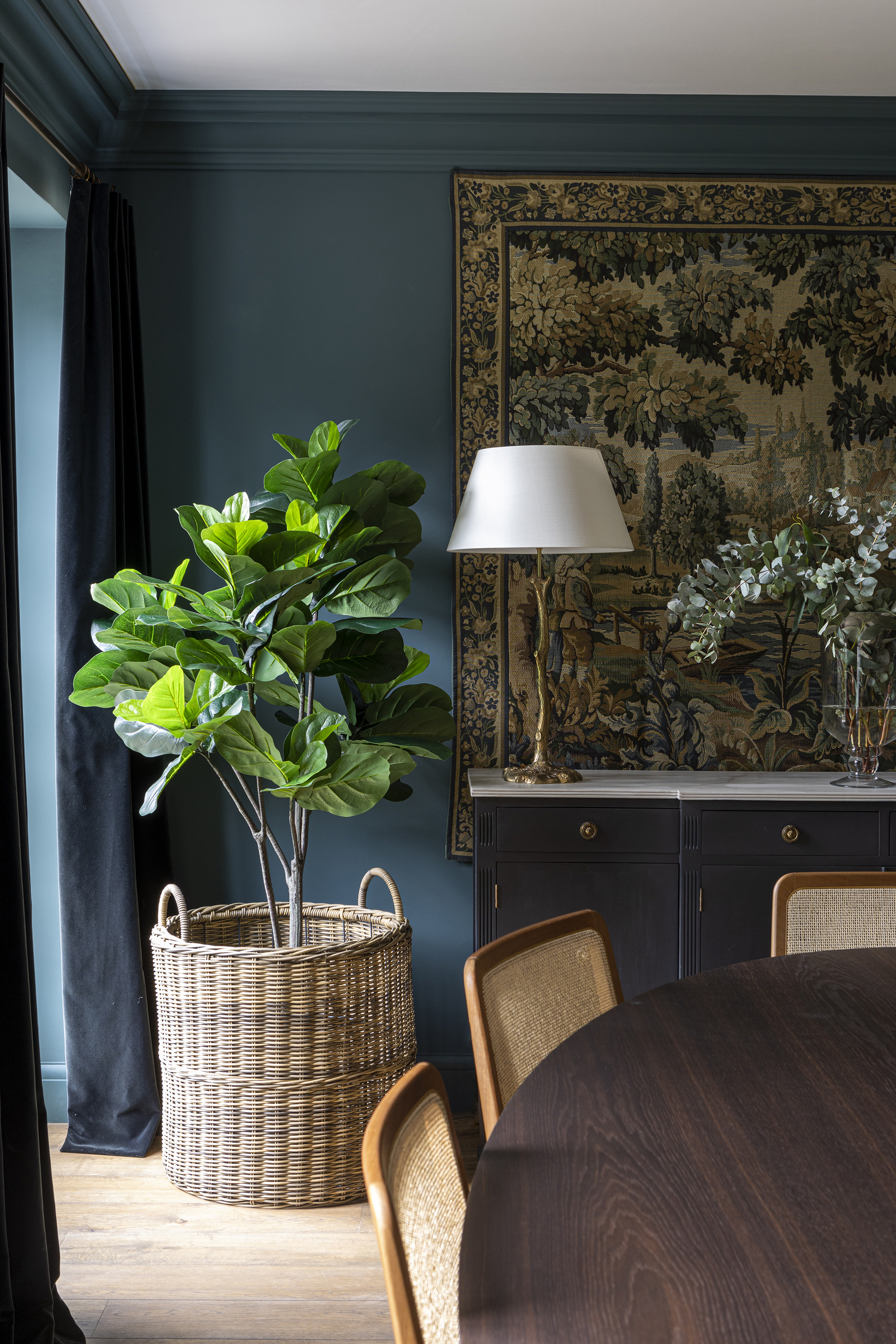
Can I leave plants in pots over winter?
Yes you can leave plants in pots over winter, and while houseplants need periodic re-potting to accommodate their growing roots and stop them becoming pot bound, it is advised not to repot house plants in winter during a dormant state. 'Resist repotting houseplants in winter; houseplants growing can cope with the shock, but dormant plants won't fare well,' says Emily Lawlor of Happy Houseplants.
The best time to repot indoor plants is at the beginning of the growing season in March or April.

Do houseplants lose leaves in winter?
Houseplants can lose leaves in winter and this might be entirely natural. 'Yellow leaves and leaf drops are normal and expected in winter; plants will be housekeeping, getting rid of old growth, and making space for new growth in spring,' explains Emily Lawlor.
'Don't be tempted to overwater; too much love can kill a plant at this time of year,' she adds.
If your plants have wilting, yellowing leaves this can be a sign that the plant is being overwatered. It can also be due to a lack of drainage; often house plants are put into decorative pots with no drainage and end up sitting in water which can cause damage.
How do I keep my indoor plants warm?
You can keep your indoor plants warm – or at the correct temperature – by ensuring they are keep away from any drafts from doors and windows, but also ensure they are not too warm placed next to heat sources such as fireplaces and radiators.
‘Average day temperatures should range from 65-75ºF and at night, no lower than 55ºF,’ explains Lindsay Pangborn.
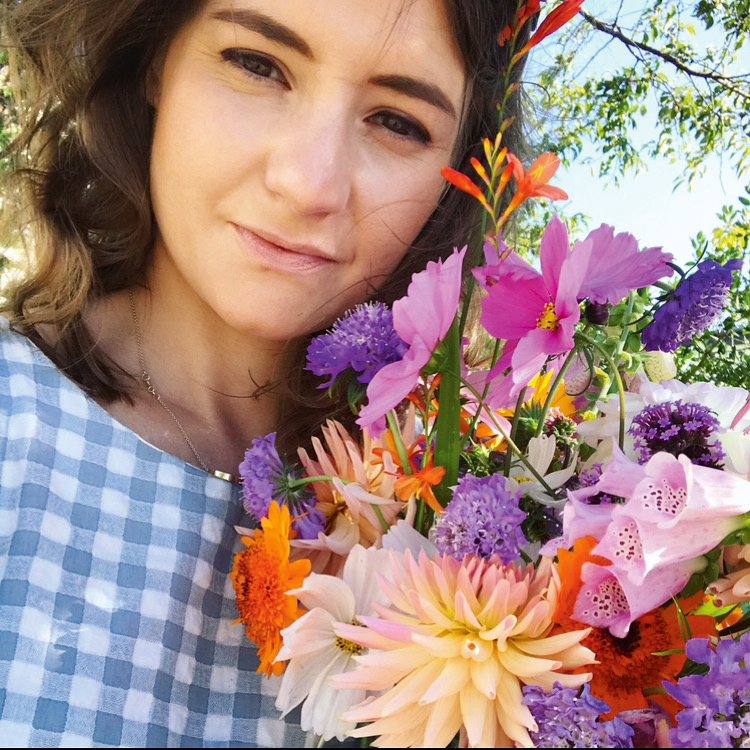
Pippa is a contributor to Homes & Gardens. A graduate of Art History and formerly Style Editor at Period Living, she is passionate about architecture, creating decorating content, interior styling and writing about craft and historic homes. She enjoys searching out beautiful images and the latest trends to share with the Homes & Gardens audience. A keen gardener, when she’s not writing, you’ll find her growing flowers on her yard for styling projects.